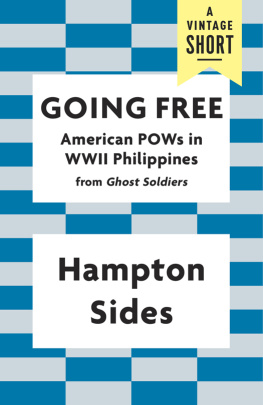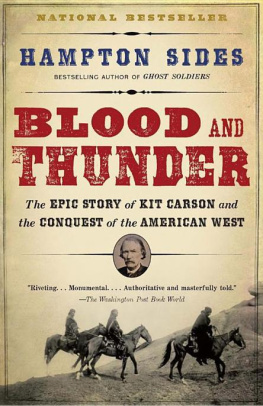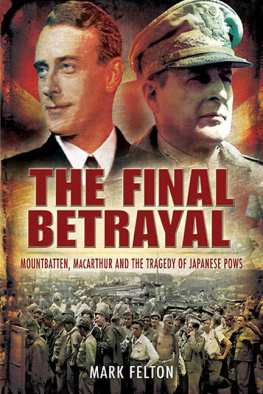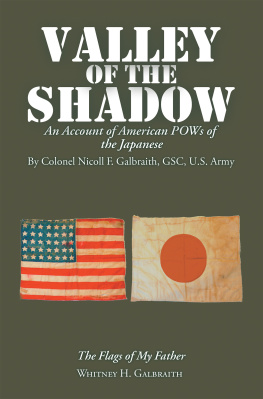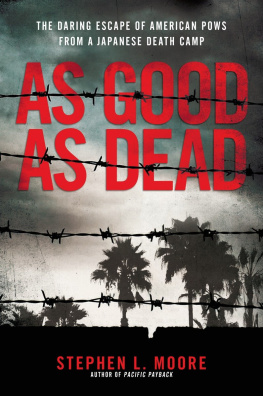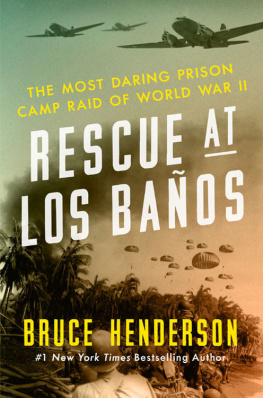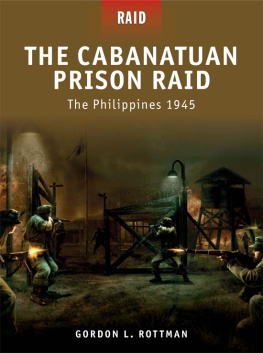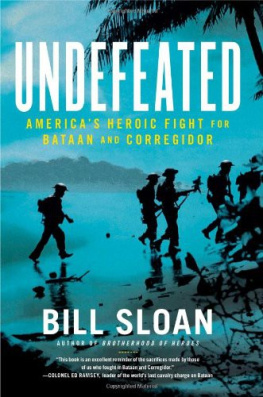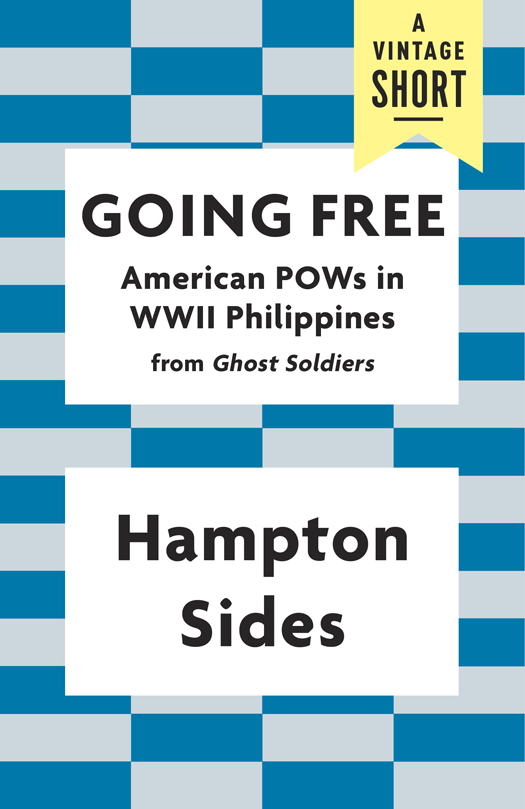Contents
Landmarks
Hampton Sides
Hampton Sides is an award-winning editor of Outside and the author of the bestselling histories Hellhound on His Trail, Blood and Thunder, Ghost Soldiers, and, most recently, In the Kingdom of Ice. He lives in New Mexico with his wife, Anne, and their three sons.
A LSO BY H AMPTON S IDES
In the Kingdom of Ice
Hellhound on His Trail
Blood and Thunder
Americana
Ghost Soldiers
Stomping Grounds
Going Free:
American POWs in WWII Philippines
from Ghost Soldiers
Hampton Sides
A Vintage Short
Vintage Books
A Division of Random House LLC
New York
Copyright 2001 by Hampton Sides
All rights reserved. Published in the United States by Vintage Books, a division of Random House LLC, New York, and in Canada by Random House of Canada Limited, Toronto, Penguin Random House companies. Originally published in hardcover as part of Ghost Soldiers in the United States by Doubleday, a division of Random House LLC, New York, in 2001, and subsequently published in trade paperback by Anchor Books, a division of Random House LLC, New York, in 2002.
The Cataloging-in-Publication Data for Ghost Soldiers is available at the Library of Congress.
Series cover design by Joan Wong
Vintage eShort ISBN: 978-1-101-91184-6
www.vintagebooks.com
rh_3.1_139332125_c0_r1
Contents
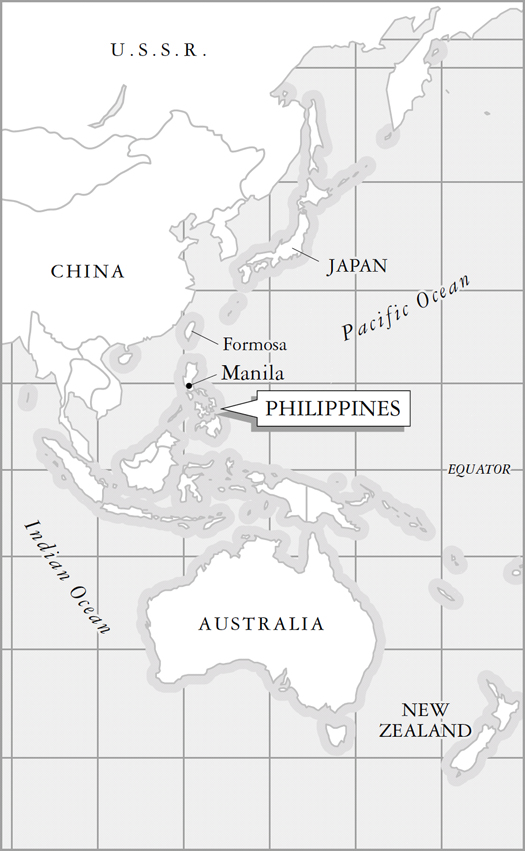
One night in early January 1945, as the American prisoners of Cabanatuan were clustered around their nipa barracks enjoying the stars and the cool, they turned their attention to the northwestern sky, where a powerful and odd-looking storm was gathering strength. Somewhere over the South China Sea, the heavens seemed to be on fire, with an orange-red fluorescence rippling across the horizon. If they had been in the far north and not the Asian tropics, they might have been tempted to call it the aurora borealis. The strange light saturated broad reaches of the sky. It waxed and fizzed and waxed again, following an erratic pulse, growing feeble at times but never quite dying out. These slow red surges were punctuated by short bursts of yellow and white, scores of smaller flashes speckling the horizon like heat lightning. The storm must have been fifty or sixty miles distant, far enough so that the prisoners couldnt accurately gauge its force or location. It threw off a murky luminance, as though filtered through a thick lens of atmospheric moisture. Every so often, the ground shook beneath their feet with a faint, dislocated violence that could be felt but not heard.
That night Tommie Thomas was standing outside trying to remember where hed left off on the imaginary house hed been building in Grand Rapids. This was the primary occupation with which he passed the time of his confinement. As he slapped mortar with his trowel, Thomas smoked a thin cigarette of coarse Filipino tobacco soaked in sugarcane juice. He was shirtless and barefoot, and he wore only his cloth G-string.
Then the skies lit up and pulled Thomas away from his construction reverie. The red glow startled him. The view was especially vivid because the Japanese had imposed a full blackout on the camp to discourage American air raidsno electric lights, oil lanterns, or open wood firesand this rendered the evening sky impressively dark and untainted. He didnt quite know what to make of the spectacle in the skies, nor did his friends. They talked about it among themselves with great animation. If it was an electrical storm, they decided, it was the strangest one theyd ever seen.
Some of the prisoners who had acute night blindness or other ophthalmological maladies resulting from nutritional deficiency couldnt see the peculiar lightor if they did, they refused to trust their own eyes. Bert Bank, for one, was unable to detect anything on the horizon. But Thomas, confident of his vision and sure that something unusual was afoot, wanted a better explanation. He walked around camp soliciting opinions until he found someone who was a naval expert.
Thats Lingayen Gulf, the man said emphatically, his face tinctured by the rosy glow. Those are star shells lighting up the place. The Yanks are preparing to land.
Thomas spirits soared at the thought of itthe reinvasion of Luzon. This was a moment hed been dreaming about for a thousand days. Not that it was any surprise that MacArthurs army was drawing close. The jury-rigged radio hidden in camp had kept the prisoners apprised of the Sixth Armys leapfrogging advance from New Guinea. They had heard accounts of the battle of Leyte Gulf, the largest naval engagement in history, in which the Japanese were decisively defeated by Admiral Nimitzs dreadnoughts. Theyd heard that MacArthur had waded onto the Philippine island of Leyte, some four hundred miles to the southeast.
But more recently, the men of Cabanatuan didnt need a radio to grasp what was happening; they were getting firsthand evidence of Americas return directly overhead. Increasingly, theyd seen dogfights between American and Japanese planes in the skies over Cabanatuan, and theyd heard American bombs crashing all about them. Theyd watched in perverse delight as carrier-based planes destroyed the Cabanatuan landing stripthe same strip where their own prison details had spent so many months grading and leveling and digging out rocks by hand. I dont think a single Japanese plane ever took off from that landing field, recalled Bob Body, who spent weeks slaving on the airstrip detail. All of us were watching through the barbed wire when the planes came and turned it into a big hole. I cant tell you how ecstatic we were to see our own work go up in smoke.
The destruction of the airstrip came at a bitter cost for one POW, however: A .50 caliber machine gun on one of the Navy planes unjammed at precisely the wrong moment while its pilot was strafing the airfield. The wayward slug shot through the thatch roof of one of the Cabanatuan barracks and struck a prisoner high in the hip, severing a major nerve and, according to one prison diary, paralyzing him.
Of course, the men of Cabanatuan understood that misfortunes of this sort were inevitable in an aerial war, and they came to fear American air raids just as the Japanese guards did. At times they wondered whether Army and Navy intelligence knew that Cabanatuan was an American POW camp. And yet, as dangerous as flyovers obviously were, some of the men couldnt help themselves. Whenever planes streaked across the sky, the prisoners would scurry outside by the scores to wave at the pilots, sometimes leaving out crude SOS signs (with lettering scrawled in charcoal on white bedsheets) bearing semi-facetious messages like BRING MORE TOBACCO .
With so many tangible signs of Americas comeback, Thomas knew that any day the Army would land on Luzon. Still, seeing the first flashes and feeling the first concussive throbs of the naval bombardment was an emotional turning point, and he brimmed with tears.
That night the prisoners began to talk about how they would be liberatedhow the big day would unfold, the mode and style in which the rescue would happen. Knowing what they already knew about General MacArthurs taste for high theatrics, they imagined that the Armys arrival would be something grand. Some of us thought MacArthur would personally enter the camp one day about noon with a large fleet of Harley-Davidson motorcycles and that hed be sitting in a convertible staff car with a large entourage, said Bert Bank. But I knew MacArthur wouldnt stop therehed be riding on a white stallion.

